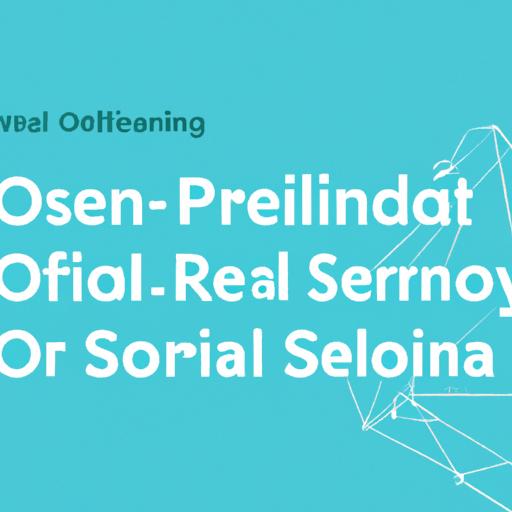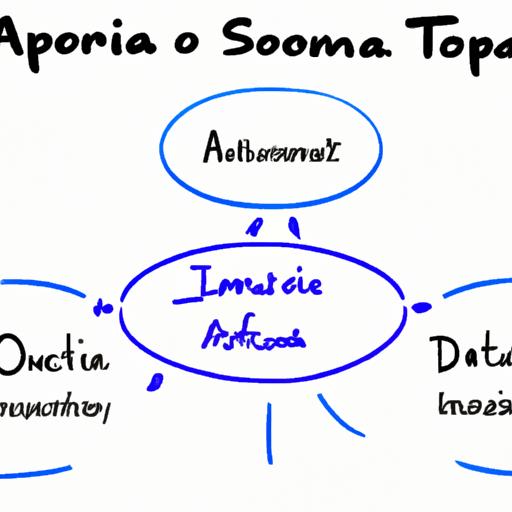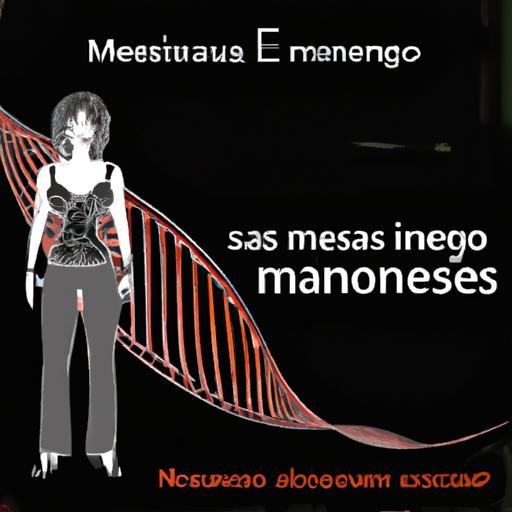Have you ever dreamed of having a personal video editor at your fingertips, tirelessly working to enhance your content with captivating visuals and seamless transitions? OpenAI’s Sora video model may just be the answer to your wildest imaginations. But just how good is this revolutionary technology, and could it possibly revolutionize the way we approach video content creation and editing in the job market? Let’s delve into the world of AI and explore the potential impact of OpenAI’s Sora video model.
Introduction to OpenAI’s Sora video model
OpenAI’s Sora video model is a groundbreaking technology that leverages artificial intelligence to analyze and understand the content of videos. This innovative model has the potential to revolutionize the way we interact with visual media, unlocking new opportunities for businesses and individuals alike. By harnessing the power of deep learning algorithms, Sora can extract valuable insights from video content, such as object detection, scene classification, and action recognition.
One of the key strengths of OpenAI’s Sora video model is its ability to process large quantities of video data quickly and accurately. This makes it a valuable tool for a wide range of applications, from video editing and content creation to surveillance and security. The model’s advanced capabilities enable it to recognize patterns and trends in video content, providing users with valuable information that can be used to make informed decisions. With the potential to transform industries such as marketing, entertainment, and healthcare, Sora has the capacity to drive innovation and efficiency in various sectors.
Evaluation of Sora’s performance in various job sectors
One of the most exciting advancements in artificial intelligence is OpenAI’s Sora video model, which has been making waves in various job sectors. The evaluation of Sora’s performance shows its incredible ability to analyze and understand visual content with remarkable accuracy. This has the potential to revolutionize industries such as healthcare, manufacturing, and education.
With the power of Sora, tasks that were previously time-consuming or labor-intensive can now be automated, freeing up human workers to focus on more high-value activities. The flexibility and adaptability of Sora make it a versatile tool that can be applied across a wide range of job sectors, making it a game-changer in the world of artificial intelligence.

Impact of Sora on job automation and transformation
OpenAI’s Sora video model has the potential to revolutionize job automation and transform industries across the board. With its advanced capabilities in generating realistic human-like motions and behaviors, Sora could streamline repetitive tasks and free up time for employees to focus on more creative and strategic endeavors. By automating mundane activities such as data entry, video editing, and customer service interactions, Sora has the power to increase productivity and efficiency in the workplace.
Furthermore, the deployment of Sora in various industries could lead to job transformations rather than outright job loss. As routine tasks become automated, employees may have the opportunity to upskill and reskill to take on more challenging and rewarding roles. This shift in job responsibilities could result in a more dynamic and agile workforce, capable of adapting to the changing demands of the digital age. While there may be concerns about job displacement, the integration of Sora into the workforce could ultimately lead to a more fulfilling and innovative work environment.

Recommendations for organizations considering implementing Sora
When considering implementing Sora, organizations should first evaluate their specific needs and goals. It’s essential to determine if Sora aligns with the organization’s overall strategy and if it can effectively address the challenges they are facing. Additionally, organizations should conduct a thorough analysis of their current workflow and processes to identify areas where Sora can be implemented to improve efficiency and productivity.
It is also crucial for organizations to engage with stakeholders at all levels to gain buy-in and support for implementing Sora. Providing comprehensive training and support for employees who will be using Sora is essential to ensure successful adoption and integration into existing workflows. By carefully planning and executing the implementation of Sora, organizations can maximize the benefits of this innovative technology and potentially transform jobs by streamlining processes, increasing productivity, and enabling employees to focus on higher-value tasks.
To Wrap It Up
In conclusion, OpenAI’s Sora video model shows great promise in transforming the way we approach tasks that require understanding and generating video content. While its capabilities are impressive, the extent to which it will impact job roles remains to be seen. As technology continues to advance, it is crucial for industries to adapt and embrace the changes that innovative models like Sora bring. Only time will tell how this technology will shape the future of work for generations to come. Stay tuned for more updates on the fascinating developments in AI technology.



